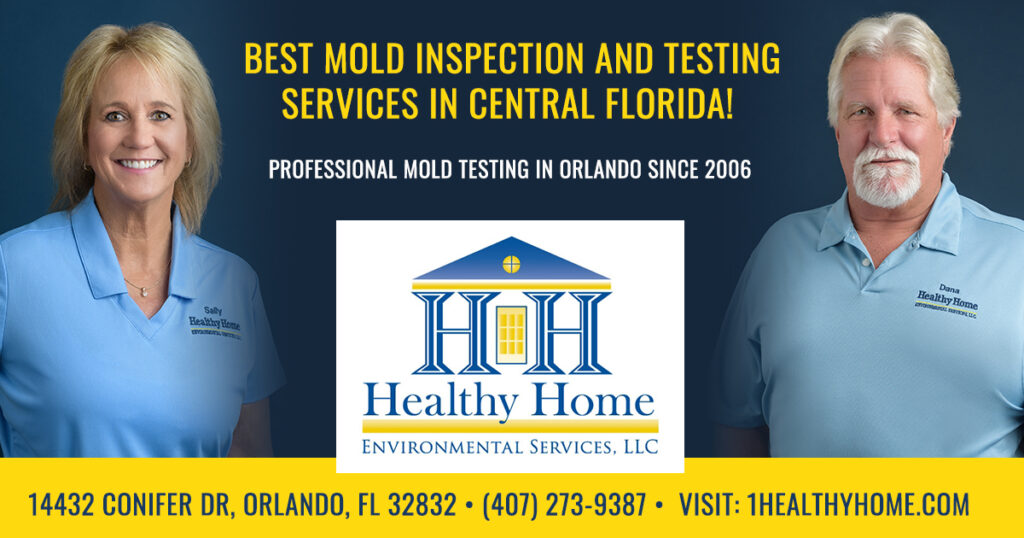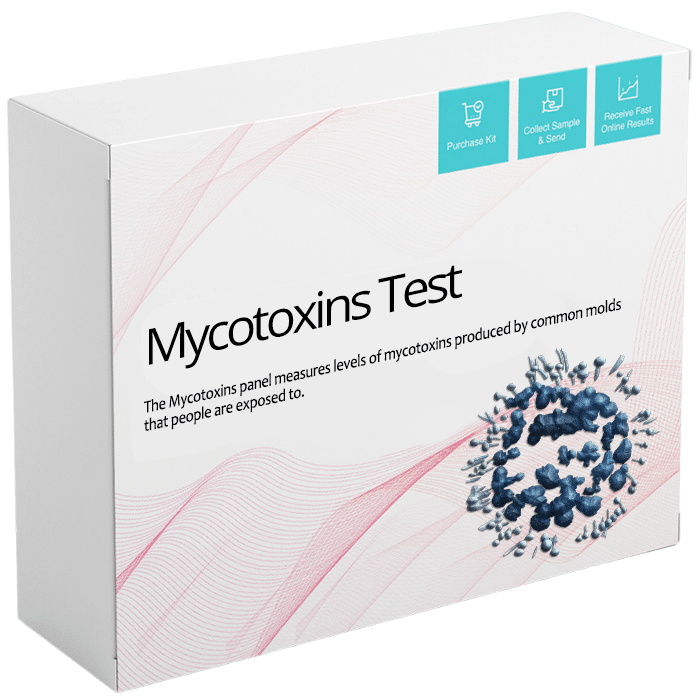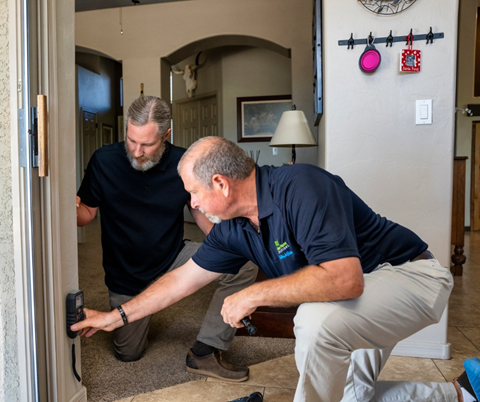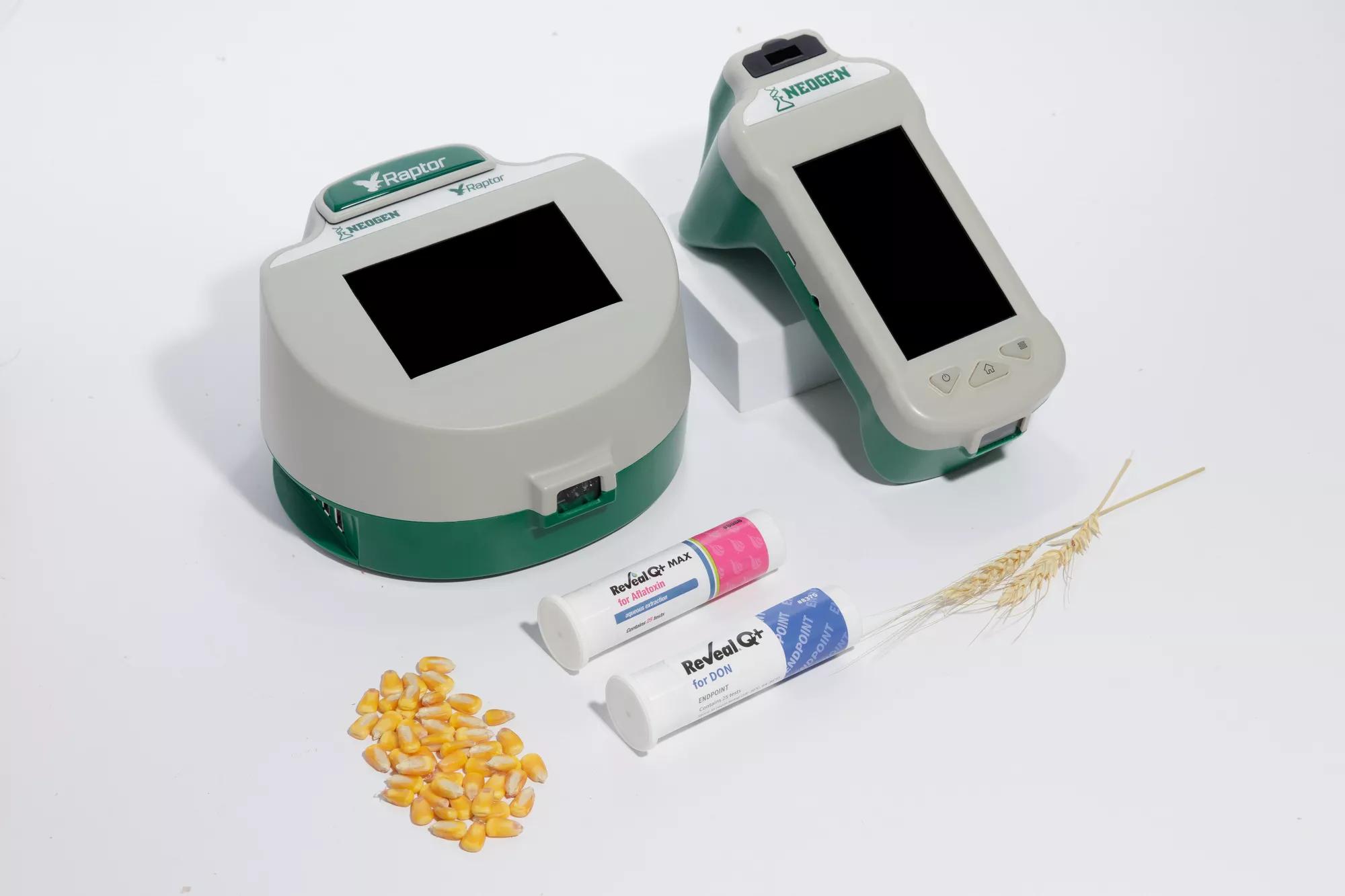Mycotoxin testing Services: A Secret Part in Risk Administration Methods
Mycotoxin testing Services: A Secret Part in Risk Administration Methods
Blog Article
Just How Mycotoxin Testing Aids Avoid Contamination and Secure Food Products

Mycotoxin testing is an important technique in the food industry, offering as a frontline protection against contamination by hazardous contaminants produced by molds. Via the application of advanced strategies like High-Performance Liquid Chromatography (HPLC) and Liquid Chromatography-Mass Spectrometry (LC-MS), food manufacturers can accurately detect and evaluate mycotoxin levels in agricultural products.
Recognizing Mycotoxins
Understanding mycotoxins starts with acknowledging that they are hazardous second metabolites produced by specific mold and mildews, which can infect farming products. These metabolites are not important for the development or recreation of the fungi but can have extreme ramifications for animal and human wellness. Mycotoxins are typically found in staple crops such as corn, wheat, barley, and nuts, where they can proliferate under specific conditions of moisture and temperature.
There are several types of mycotoxins, each generated by different fungal varieties. Fusarium species create trichothecenes and fumonisins, both of which are linked with numerous intense and persistent health and wellness concerns.

Dangers of Mycotoxin Contamination
The dangers of mycotoxin contamination are complex, posing significant risks to both food safety and public health. Mycotoxins, harmful substances produced by particular kinds of fungi, can pollute a large variety of agricultural items consisting of cereals, nuts, seasonings, dried fruits, and coffee.
Economic effects are another significant worry. Contaminated plants can result in substantial economic losses for farmers and food manufacturers as a result of lowered yields and the need for costly decontamination measures. Worldwide profession can be substantially impeded as nations enforce strict mycotoxin regulations to safeguard their populaces, leading to declined deliveries and strained trade relations.
Ecological elements such as climate change exacerbate the threat of mycotoxin contamination. Variants in temperature and moisture can produce desirable conditions for fungal growth, raising the probability of contamination occasions. Thus, understanding and mitigating these dangers are vital for guaranteeing the safety and security and stability of global food materials.
Techniques of Mycotoxin Testing
Properly recognizing mycotoxin contamination in agricultural items is important for guarding public health and preserving food security requirements. Various methods are employed to spot and measure mycotoxins, each offering particular benefits and restrictions.
High-Performance Fluid Chromatography (HPLC) is an extensively used approach due to its high sensitivity and precision. It involves dividing mycotoxins from various other compounds in a sample, making it possible for accurate quantification. Liquid Chromatography-Mass Spectrometry (LC-MS) integrates liquid go now chromatography with mass spectrometry to provide detailed molecular info, making it especially valuable for recognizing several mycotoxins at the same time.

Gas Chromatography-Mass Spectrometry (GC-MS) and Thin-Layer Chromatography (TLC) are likewise utilized, each with one-of-a-kind applications. GC-MS is efficient for unpredictable mycotoxins, while TLC supplies a simpler, economical alternative for initial testing.
Advantages of Regular Checking
Regular screening for mycotoxins in farming items supplies many benefits, substantially adding to public wellness and food safety. By determining contamination early, regular testing assists prevent the circulation of toxic foods, thereby lowering the risk of mycotoxin-related illnesses among consumers. This positive technique not only safeguards human health yet additionally enhances the overall top quality of food materials.
Different nations and areas have established stringent restrictions for mycotoxin levels in food and feed. Adhering to these limitations via normal testing makes sure that suppliers and manufacturers meet legal requirements, thus staying clear of charges and profession barriers.
Furthermore, normal mycotoxin testing can cause considerable economic benefits. Early discovery of contamination enables for prompt treatment, lowering prospective losses from widespread contamination. Applying regular screening procedures can likewise minimize recall expenses and related responsibilities, which can be monetarily ravaging.
Additionally, regular screening gives beneficial data that can educate better farming techniques and storage space conditions. By comprehending patterns of contamination, manufacturers can embrace content preventive measures, therefore decreasing future threats and contributing to the sustainability of the food supply chain.
Implementing Evaluating Protocols
Carrying out efficient mycotoxin screening methods is essential for making sure the safety and security and quality of farming items. Each phase should be scrutinized to identify where mycotoxin contamination is most likely to take place.
When critical control factors are determined, choosing appropriate screening methods is vital. Usual methods consist of enzyme-linked immunosorbent assay (ELISA), high-performance liquid chromatography (HPLC), and mass spectrometry (MS) Each approach has its toughness and weak points; therefore, choosing the correct one depends on the certain mycotoxin being tested, the called for level of sensitivity, and available sources.

Finally, incorporating the screening methods into an extensive food safety administration system is advisable. This improves traceability and enables swift corrective actions when contamination is spotted, consequently guarding the integrity of the food supply chain.
Final Thought
Mycotoxin testing is necessary in protecting against contamination and safeguarding food supplies by making it possible for early discovery of hazardous toxic substances created by molds in farming items. Advanced methods such as HPLC and LC-MS ensure go to this site conformity with safety and security policies and shield consumers from wellness threats. Regular testing improves brand name credibility, financial security, and count on food security by decreasing contamination-related losses and keeping high standards in food production. Carrying out rigorous screening methods is hence imperative for the market's general health.
Mycotoxin screening is a vital technique in the food market, serving as a frontline defense against contamination by damaging toxic substances generated by molds. An incorporated approach entailing farming practices, storage monitoring, and routine testing can mitigate the threats linked with mycotoxin contamination, guaranteeing food security and public wellness.
The risks of mycotoxin contamination are diverse, posing considerable threats to both food safety and public health and wellness.Regular testing for mycotoxins in agricultural products uses numerous benefits, substantially adding to public health and food security.Mycotoxin testing is important in stopping contamination and safeguarding food products by allowing early discovery of hazardous toxins generated by molds in farming items.
Report this page